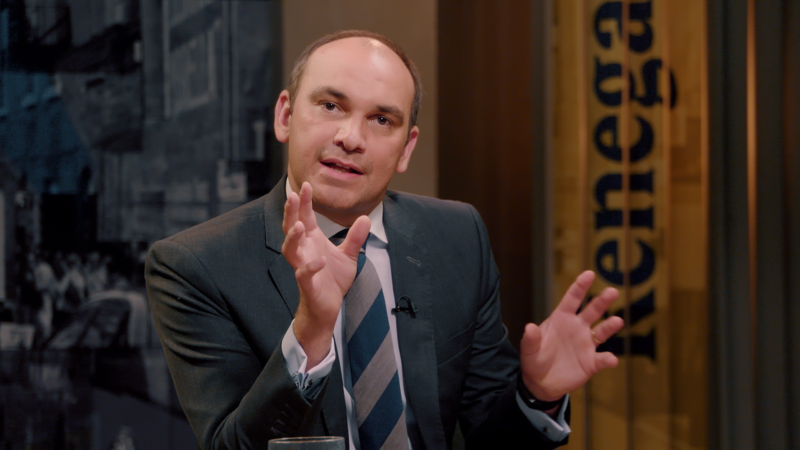Just as agriculture will have to be based on a scientific system, industry will also have to be organized in perfect adjustment with agriculture. It is not proper under any circumstances if the percentage of the population depending directly on agriculture exceeds forty percent. Because rural industries have been destroyed, a major part of the population once engaged in that sector has now moved towards agriculture. For a perfectly balanced economic environment, it is required that some thirty to forty percent of the people should depend directly on agriculture, and about twenty percent on agro-industries, twenty percent on agrico-industries, ten percent on general trade and commerce, and ten percent on intellectual or white collar jobs.
In some unindustrialized countries village industries have been ruined, and those who depended on these industries have turned towards agriculture. While the percentage of traders has not increased much, the opportunities for further growth have decreased. In addition, the number of white collar job seekers has increased, resulting in soaring unemployment. The sons of rural peasants who have had a little education are no longer willing to labour in the fields. They want to become so-called gentlemen thriving on the labour of others. They consider agricultural work inferior. As a consequence, on the one hand there is a dearth of educated youths in agriculture, and on the other hand an increasing number of people from the ruined rural industries have moved towards agriculture. In rural areas the percentage of the population depending on agriculture has gone up to seventy or eighty percent. What an unbearable situation!
Non-agricultural industries (such as steel plants, the brass industry, the metal industry, oil refineries, the salt industry and non-herbal pharmaceuticals) mean those industries which are not directly agrico-industries (such as the production of picks, axes, spades and tractors) and industries which are not directly agro-industries (such as flour mills, jute mills, oil mills, cloth mills, paper mills and herbal medicine factories). The percentage of people engaged in non-agricultural industries should be formed by reducing the percentage of people depending directly on agriculture, agrico-industries and agro-industries. The percentage of people engaged in non-agricultural industries will have to be kept within twenty to thirty percent of the total population.
If the percentage of the population engaged in non-agricultural industries in a country is less than twenty percent, the country is said to be industrially undeveloped. The per capita income of the people cannot be very high. The standard of living also cannot be very high because people’s purchasing capacity remains very limited. Because of the low capacity for purchasing consumer goods, the import index always remains lower than the export index, or in other words the area has to remain a satellite of a developed country. Consequently, the balance of power in the world is jeopardized and war is always possible.
If the percentage of people engaged in non-agricultural industries is kept within twenty to thirty percent of the population, this is the state of balanced economy – a really balanced socio-economic structure. If the percentage goes beyond thirty percent, the area becomes industrially developed. Then, the more this percentage increases above thirty percent, the more over-industrialized the area becomes. In order to procure agricultural produce, over-industrialized countries try to grab productive agricultural regions or countries and make them their satellites. These over-industrialized countries also find it necessary to keep industrially undeveloped countries within their control in order to use them as a market for their finished goods. If they do not get a market to sell the consumer goods produced in their countries, they will suffer from economic depression and growing unemployment.
In this regard there is no difference between the communist and non-communist countries. They are equally aggressive in their approach. They desperately look for the mythological cow which gives as much milk as its master demands. They want to keep it tied to the door, feeding it the minimum amount of fodder. They want the maximum output with the minimum investment. This is why there is so much war psychosis and sabre-rattling in the world today.
Efforts must be made so that each and every country of the world can enjoy socio-economic balance in both agriculture and industry, otherwise the socio-economic equilibrium of the world is bound to be destroyed.
The harmful internal consequences of over-industrialization not only affect the personal, social and national health of the people, they also precipitate gradual individual and collective psychic degeneration. A type of psychic epidemic may arise which can poison almost all expressions of life and destroy them.
Where the industrial system – the agro-industries, agrico- industries and non-agricultural industries – depends on outside labourers, it will lead to an extremely precarious situation. The speed of psychic degeneration will rapidly increase, and people will face permanent scarcity of food. There will be little possibility of expanding the markets for their consumer goods. Rather, the existing markets will gradually contract.
When most of the manual labourers in a district are outsiders, the local people will never experience a good standard of living. However industrially developed or over-industrialized this district might become, the people will be seriously affected by the harmful internal consequences of over-industrialization, and will never enjoy any of the benefits of industrialization.
On the other hand, there are many areas in the World where ninety percent of the population is dependent on agriculture. There is no industry whatsoever in these areas. They are areas of surplus labour. In a balanced socio-economic structure there will be no such thing as surplus labour or deficit labour. Such a condition will never be allowed to arise.
The agricultural system should be structured as an industry. That is, the prices of agricultural produce should be determined by considering basic factors such as agricultural income, expenses and necessities.
From a Renegade Correspondent – Peter Jadinge

In this special edition of Renegade Inc., we met up with a key adviser to PM, Boris Johnson.

We look back over the year at some of our best interviews.

A dangerous new class of socioeconomically excluded people called the precariat is on the rise.